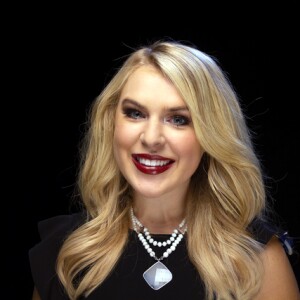As coronavirus cases in Idaho skyrocket, schools see their share of students either sick or in quarantine.
In its weekly report, the State Department of Health and Welfare found 326 new coronavirus cases last week alone. Public health's goal is to contain this virus. Public school's goal is to educate kids. For months, the two have been trying to accomplish both while facing obstacles on each end.
So, is it even possible for students to be in school safely without COVID numbers increasing? Health experts say yes.
"I think everybody recognizes the importance of children being in a school if it can be done safely," said Idaho health expert Dr. David Pate.
Hundreds of students are under quarantine for possible contamination across the state. West Ada had 641 high schoolers in quarantine in the last two weeks. Emmett school district had 140 students. The school trustees are left to figure out how to educate in a safe model.
Boise school district heard from health officials last night at their meeting.
"We received a letter from three school nurses saying you can't tell what is happening right in terms of the community spread, you cannot calculate the school's role in spreading the coronavirus at this point," said education reporter Kevin Richert.
Health experts say to an extent you can see spread in schools.
"You'll see clusters, and then you'll see outbreaks, and they're hard to miss," said Pate.
Once those clusters are seen, Dr. Pate says that's when schools should go remote. According to Pate, more surveillance testing would help identify if asymptomatic cases are spreading in schools, but there's not enough testing or manpower for that.
Crush the Curve Idaho works with 20 school districts across the state. The work with the Wilder School District, which conducts surveillance testing.
"As school districts really look at what are the protocols to be able to stay open safely, it's really going to involve a heavy percentage of surveillance testing, of really genuinely proactively testing, and not just as needed testing which is quite frankly what we do in Idaho, and that's why our percentage of positivity is so high," said executive director Tina Upson.
However, schools are mainly dealing with exposure from the community.
"If we're good at schools, and then they go home and have sleepovers, carpool with people, those cases will get in the schools; that's not a failure of the schools," said Pate,
"Where the schools come is in is, 'okay we're going to have cases, can you prevent them from transmitting in the schools,' and that's the key thing."
After months of working on school safety, health experts sound like a broken record. Pate still hopes that eventually, the message will spread, and things will improve.
"I wish people would listen just because I think we have the same goals; we want businesses open, we don't want people to lose their jobs, we want schools to be open for in-person learning," said Pate.


